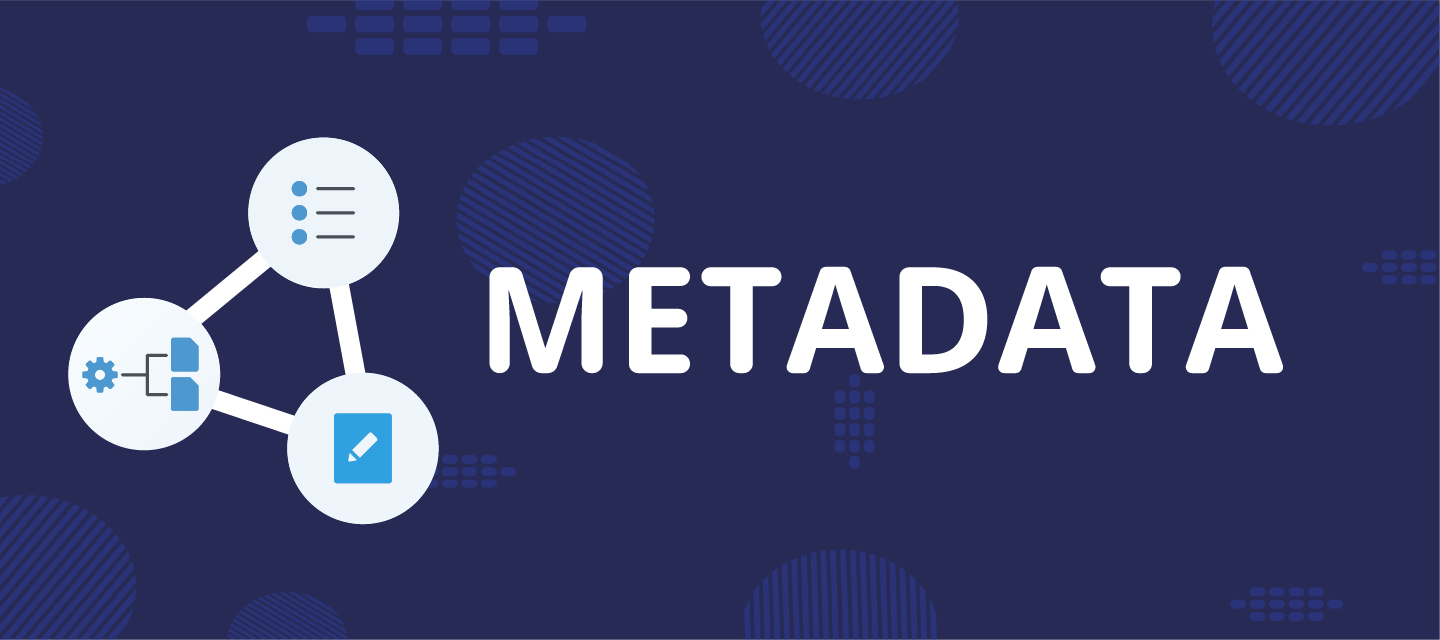Metadata is data that provides information about other data. Some examples include:
- Means of creation of the data
- Purpose of the data
- Time and date of creation
- Creator or author of the data
- Location on a computer network where the data was created
- Standards used
- File size
Three distinct types of metadata exist: Descriptive metadata, structural metadata, and administrative metadata.
- Descriptive metadata describes a resource for purposes such as discovery and identification. It can include elements such as title, abstract, author, and keywords.
- Structural metadata is metadata about containers of data and indicates how compound objects are put together, for example, how pages are ordered to form chapters. It describes the types, versions, relationships and other characteristics of digital materials.
- Administrative metadata provides information to help manage a resource, such as when and how it was created, file type and other technical information, and who can access it.
ClickLearn authors can add metadata to ClickLearn content and metadata can be displayed in various formats produced with ClickLearn Studio, including Microsoft Word, PDF and PowerPoint formats. All three types of metadata can be applied to ClickLearn objects to add information into document files produced with ClickLearn Studio such as date & time, author name, etc. Using metadata can help your organization keep track of content (what keywords relate to this content, who has access to it) and change management (which version, when was it last updated, by whom).







